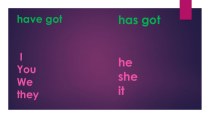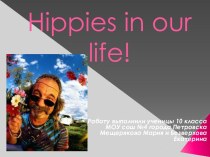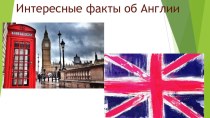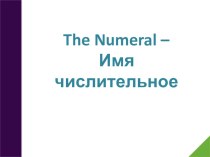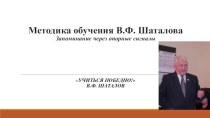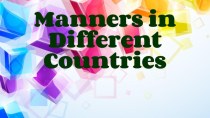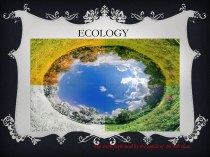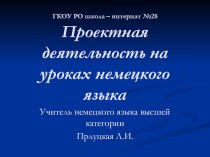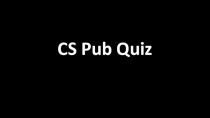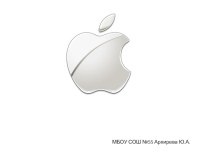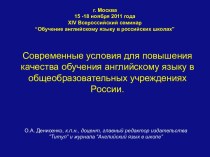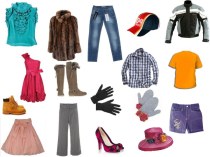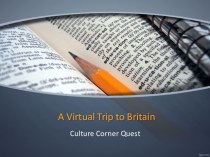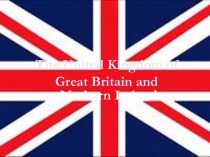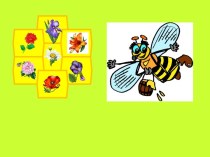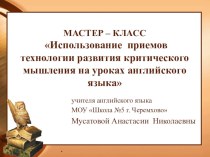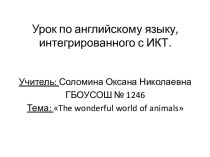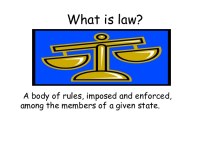- Главная
- Разное
- Бизнес и предпринимательство
- Образование
- Развлечения
- Государство
- Спорт
- Графика
- Культурология
- Еда и кулинария
- Лингвистика
- Религиоведение
- Черчение
- Физкультура
- ИЗО
- Психология
- Социология
- Английский язык
- Астрономия
- Алгебра
- Биология
- География
- Геометрия
- Детские презентации
- Информатика
- История
- Литература
- Маркетинг
- Математика
- Медицина
- Менеджмент
- Музыка
- МХК
- Немецкий язык
- ОБЖ
- Обществознание
- Окружающий мир
- Педагогика
- Русский язык
- Технология
- Физика
- Философия
- Химия
- Шаблоны, картинки для презентаций
- Экология
- Экономика
- Юриспруденция
Что такое findslide.org?
FindSlide.org - это сайт презентаций, докладов, шаблонов в формате PowerPoint.
Обратная связь
Email: Нажмите что бы посмотреть
Презентация на тему National symbols of the UK
Содержание
- 2. CONTENTSPARTS OF THE UKRED ROSEST. GEORGETHISTLEST. ANDREWSHAMROCKST. PATRICK
- 3. LEEK and DAFFODILST. DAVIDUNION JACKTEST YOURSELF
- 4. PARTS OF THE UK The UK consists of four parts.
- 5. RED ROSE The national flower of
- 6. ST. GEORGE Saint George (c. 275-280–April 23,
- 7. THISTLE The national flower of Scotland
- 8. ST. ANDREW About the middle of
- 9. SHAMROCK The national flower of Northern
- 10. ST. PATRICK Legend credits Patrick with
- 11. LEEK and DAFFODIL The national flower
- 12. ST. DAVID St. David lived a
- 13. THE UK FLAG The UK flag
- 14. TEST YOURSELFHow many floral emblems does the
- 15. Скачать презентацию
- 16. Похожие презентации
CONTENTSPARTS OF THE UKRED ROSEST. GEORGETHISTLEST. ANDREWSHAMROCKST. PATRICK
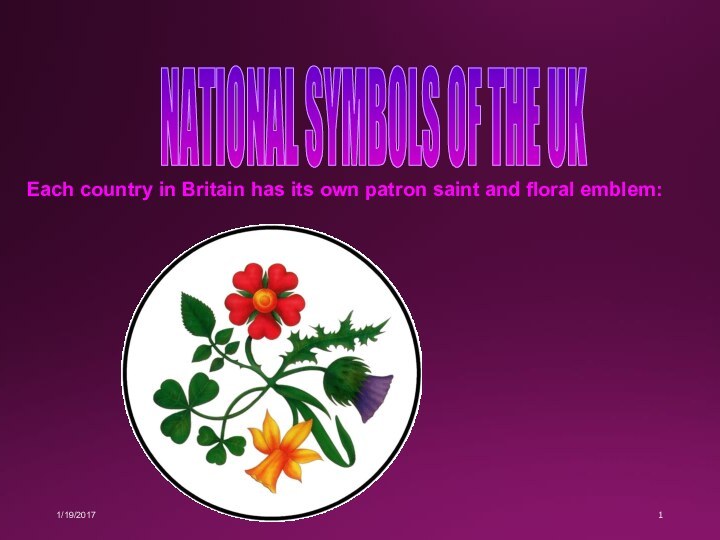


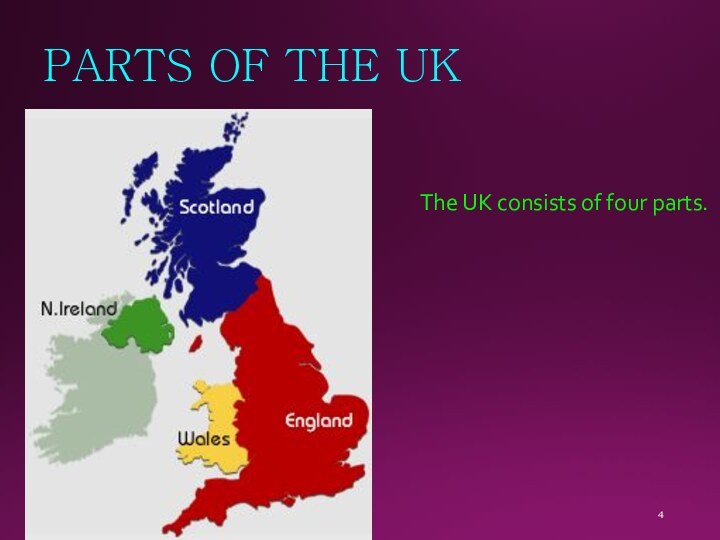

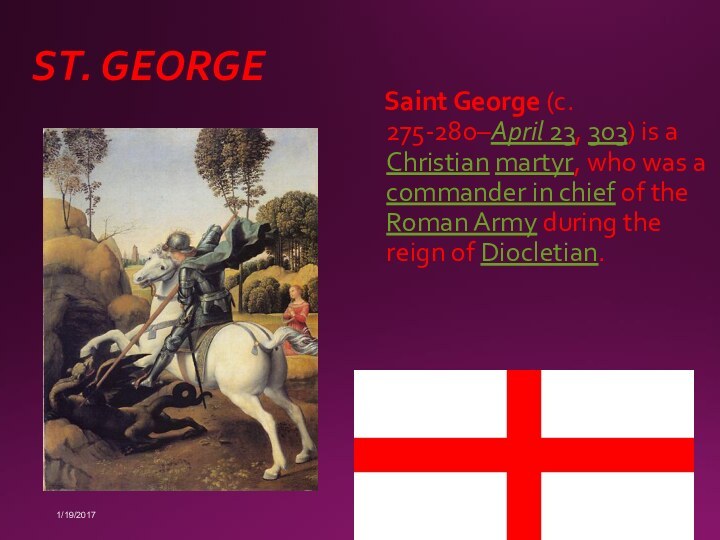

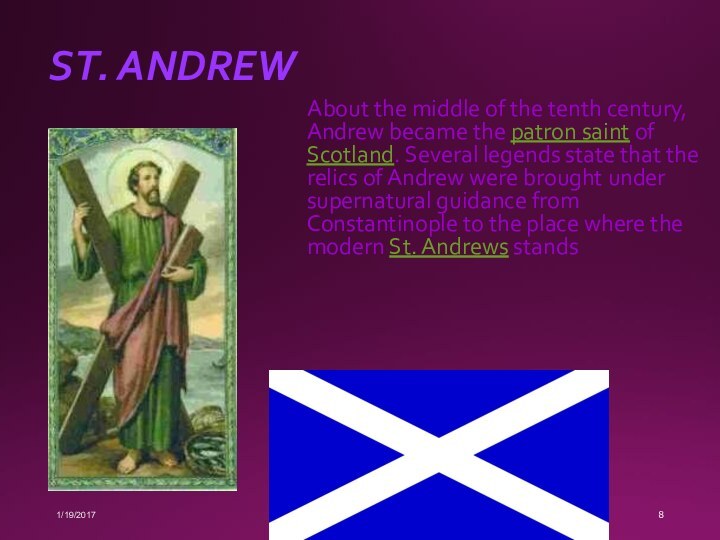
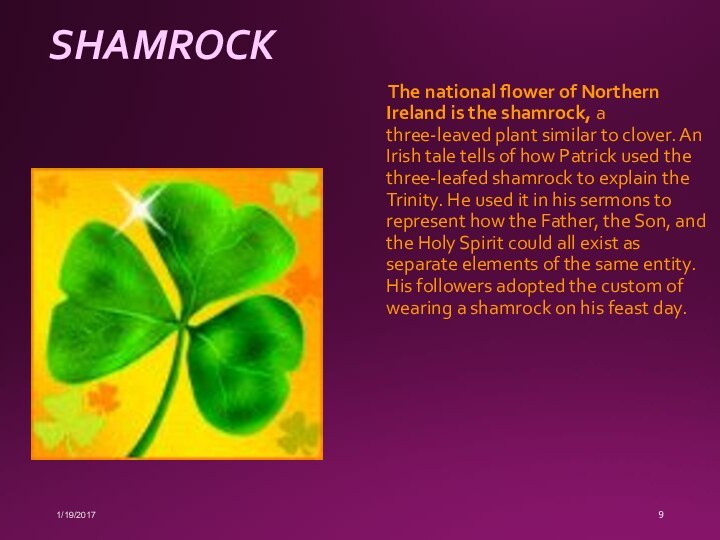

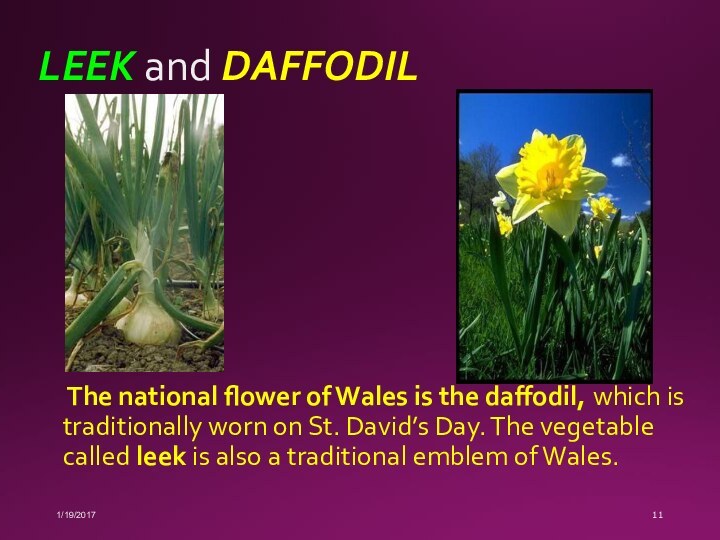
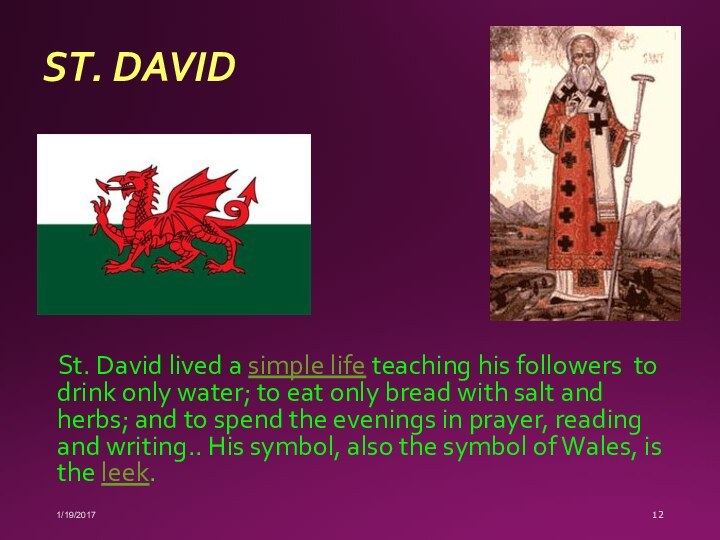

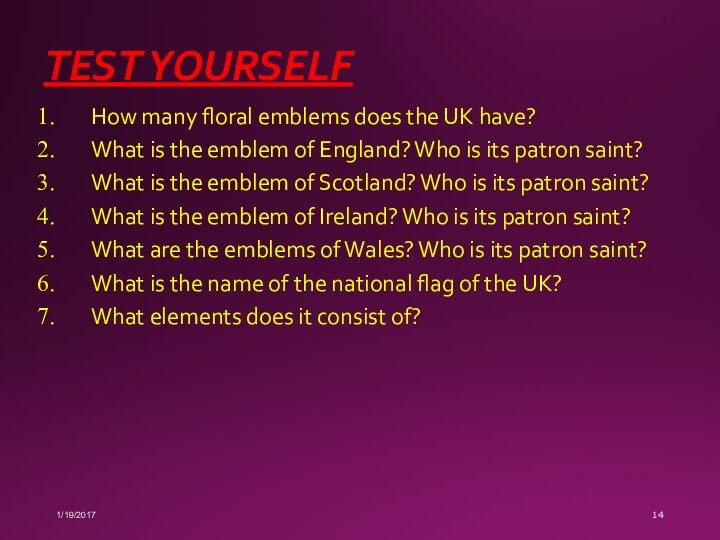
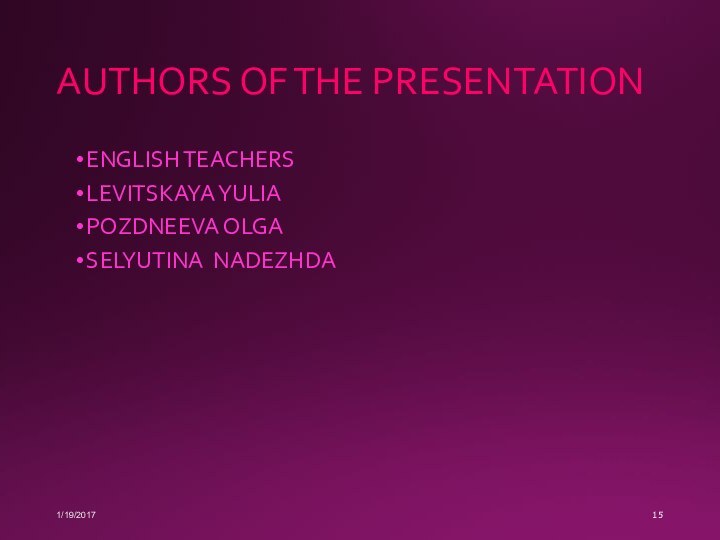
Слайд 5
RED ROSE
The national flower of England
is the rose. The flower has been adopted as
England’s emblem since the time of the Wars of the Roses - civil wars (1455-1485) between the royal house of Lancaster (whose emblem was a red rose) and the royal house of York (whose emblem was a white rose).
Слайд 6
ST. GEORGE
Saint George (c. 275-280–April 23, 303)
is a Christian martyr, who was a commander in
chief of the Roman Army during the reign of Diocletian.
Слайд 7
THISTLE
The national flower of Scotland is
the thistle, a prickly-leaved purple flower which was first
used in the 15th century as a symbol of defence.
Слайд 8
ST. ANDREW
About the middle of the
tenth century, Andrew became the patron saint of Scotland.
Several legends state that the relics of Andrew were brought under supernatural guidance from Constantinople to the place where the modern St. Andrews stands
Слайд 9
SHAMROCK
The national flower of Northern Ireland
is the shamrock, a three-leaved plant similar to clover.
An Irish tale tells of how Patrick used the three-leafed shamrock to explain the Trinity. He used it in his sermons to represent how the Father, the Son, and the Holy Spirit could all exist as separate elements of the same entity. His followers adopted the custom of wearing a shamrock on his feast day.
Слайд 10
ST. PATRICK
Legend credits Patrick with teaching
the Irish about the concept of the Trinity by
showing people the shamrock, a 3-leaved clover, using it to highlight the Christian dogma of 'three divine persons in the one God'
Слайд 11
LEEK and DAFFODIL
The national flower of
Wales is the daffodil, which is traditionally worn on
St. David’s Day. The vegetable called leek is also a traditional emblem of Wales.
Слайд 12
ST. DAVID
St. David lived a simple
life teaching his followers to drink only water; to
eat only bread with salt and herbs; and to spend the evenings in prayer, reading and writing.. His symbol, also the symbol of Wales, is the leek.
Слайд 13
THE UK FLAG
The UK flag consists
of three elements: the cross of St. George (red
on white) for England, the cross of St. Andrew (white diagonal on blue) for Scotland, and the so-called cross of St. Patrick (red diagonal on white) for Ireland. The original Union Jack/Union Flag was adopted in 1606
Слайд 14
TEST YOURSELF
How many floral emblems does the UK
have?
What is the emblem of England? Who is its
patron saint?What is the emblem of Scotland? Who is its patron saint?
What is the emblem of Ireland? Who is its patron saint?
What are the emblems of Wales? Who is its patron saint?
What is the name of the national flag of the UK?
What elements does it consist of?
